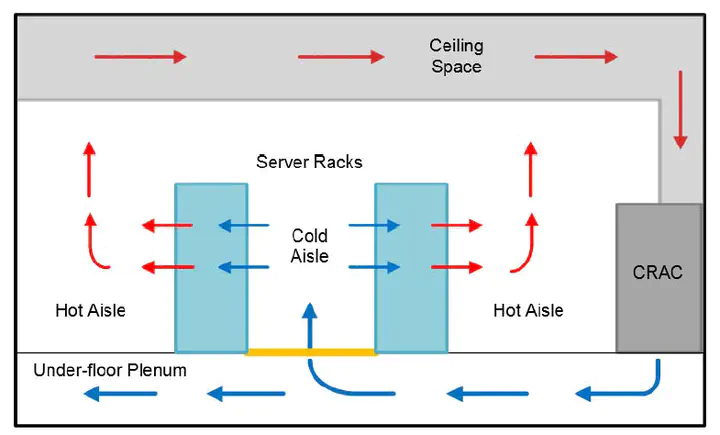Parametric research on air-cooling characteristics using wind turbine in a raised-floor data center

Abstract
This paper investigated the use of the potential in-door wind energy in a raised-floor data center to present a significant and energy-efficient methodology and to improve the air-cooling characteristics. A new endeavor was regarded by implementing a wind turbine configuration placed in the under-floor plenum. Part of the over-provisioned airflow in the under-floor plenum can be utilized to accomplish the power generation in situations of considerably over-cooled data centers. Here, the under-floor flow field and the flow rates of the perforated tiles were considered to explore the parametric features of wind turbines using Computational Fluid Dynamics (CFD). The rotor of the wind turbine was modeled by using the air resistance producing resistive force governed by the thrust coefficient (CT). The impacts of the thrust coefficients and the distances of the rotor to the Computer Room Air Conditioner (CRAC) air supply have been obtained. Consequently, in comparison of the positioning of the rotor, the differently implemented thrust coefficients especially contributed more distinctly to the airflow patterns through the perforated tiles while the cooling performance can still be effectively maintained. The results of the present research demonstrated that the addition of the wind turbine in the under-floor plenum may yield a valid cooling solution to enhance the energy efficiency of data centers.